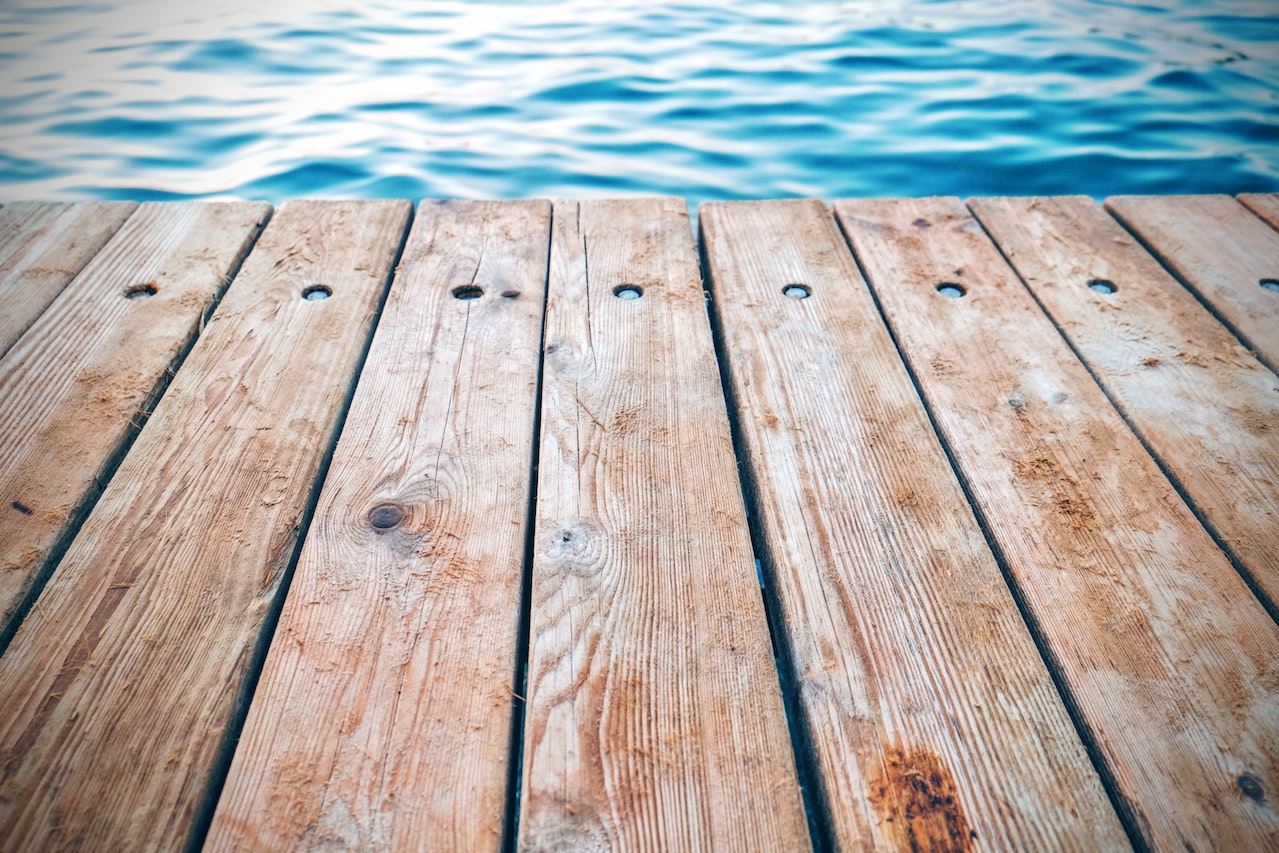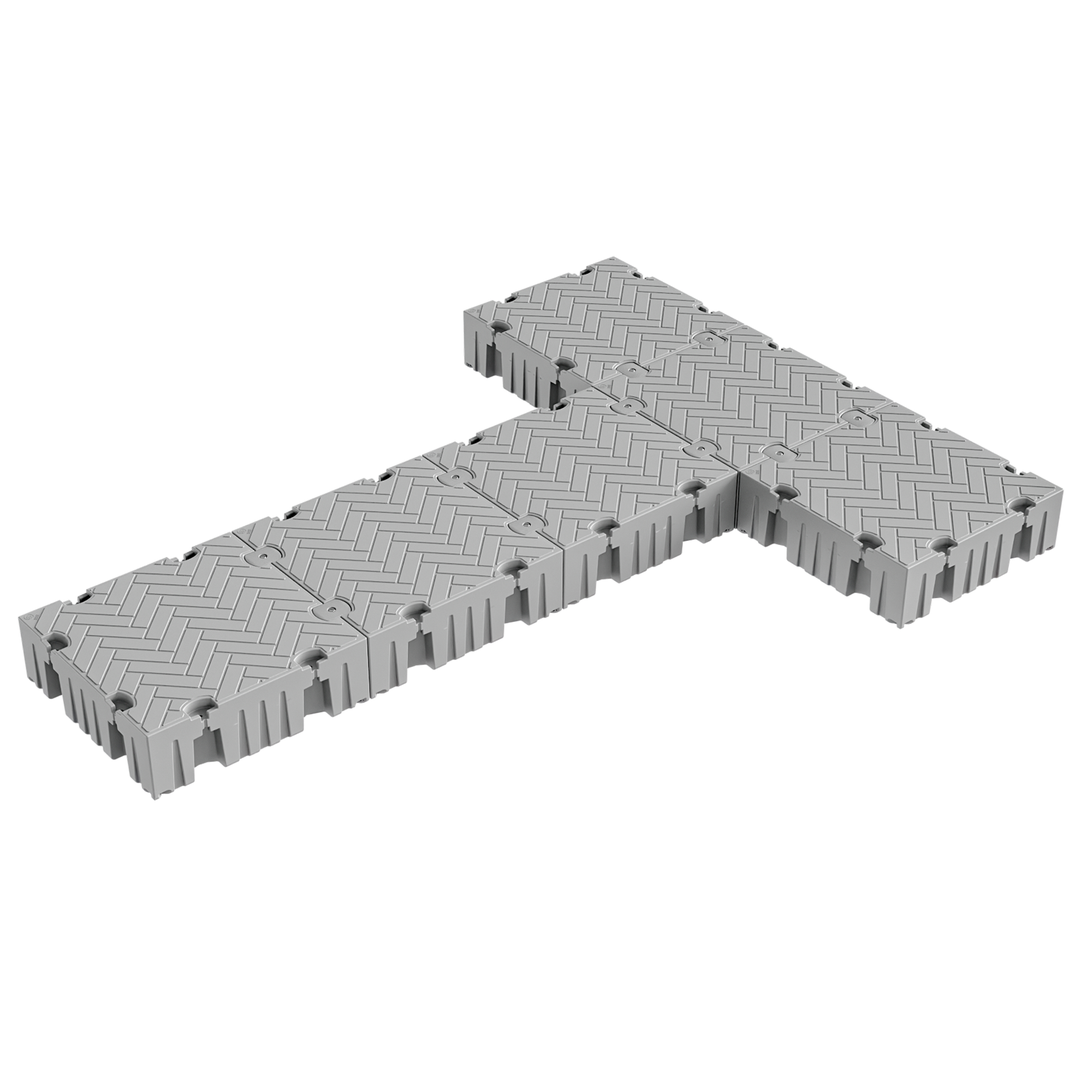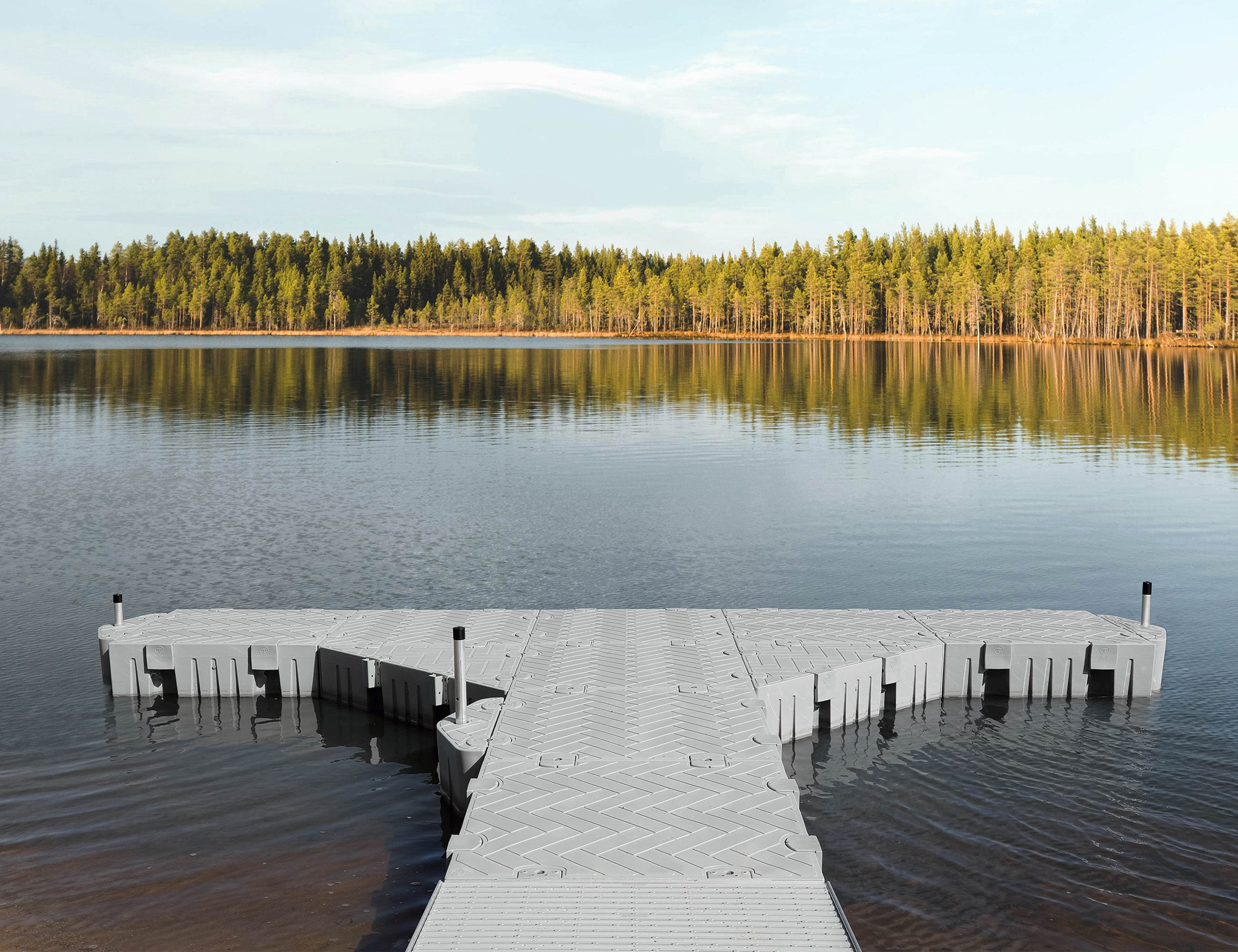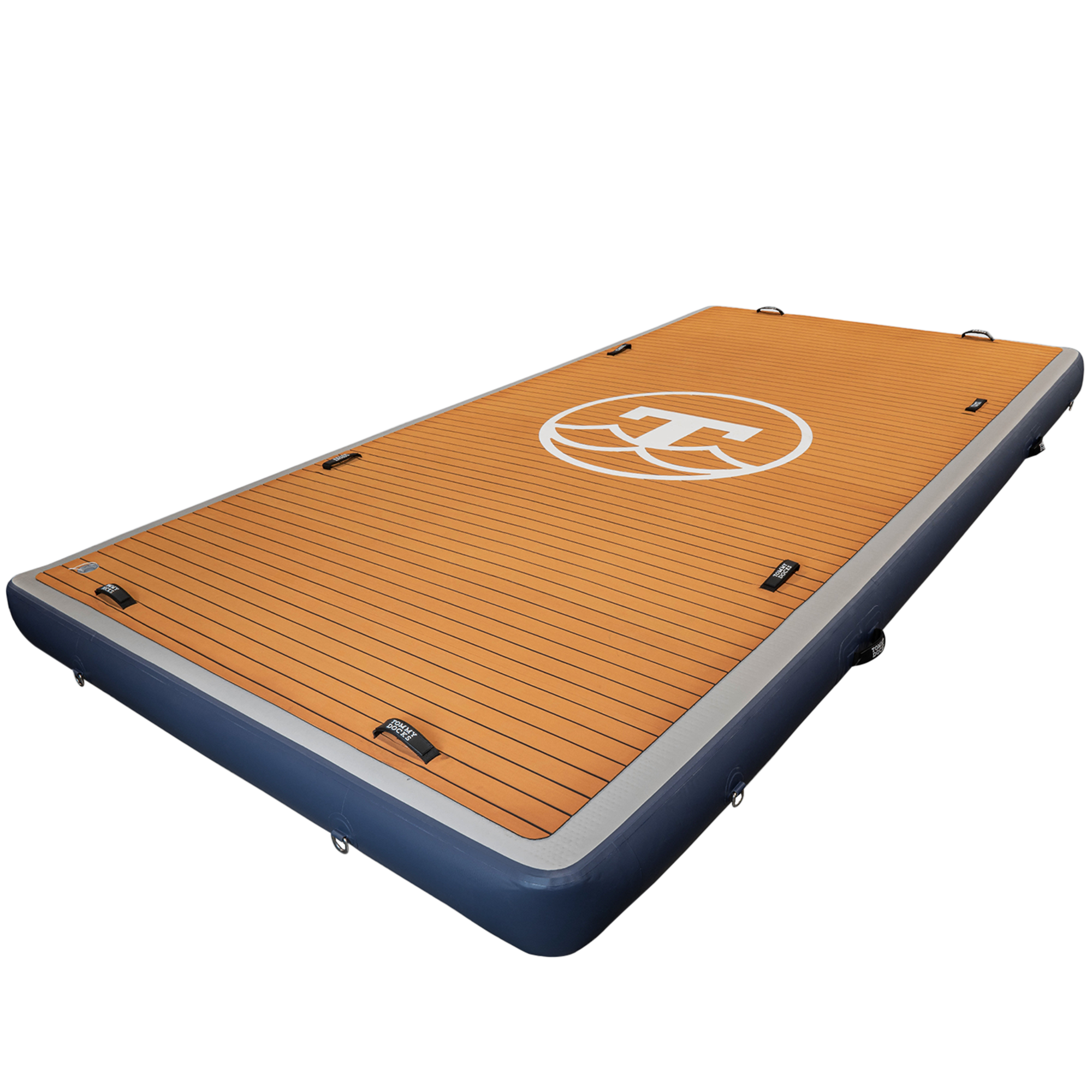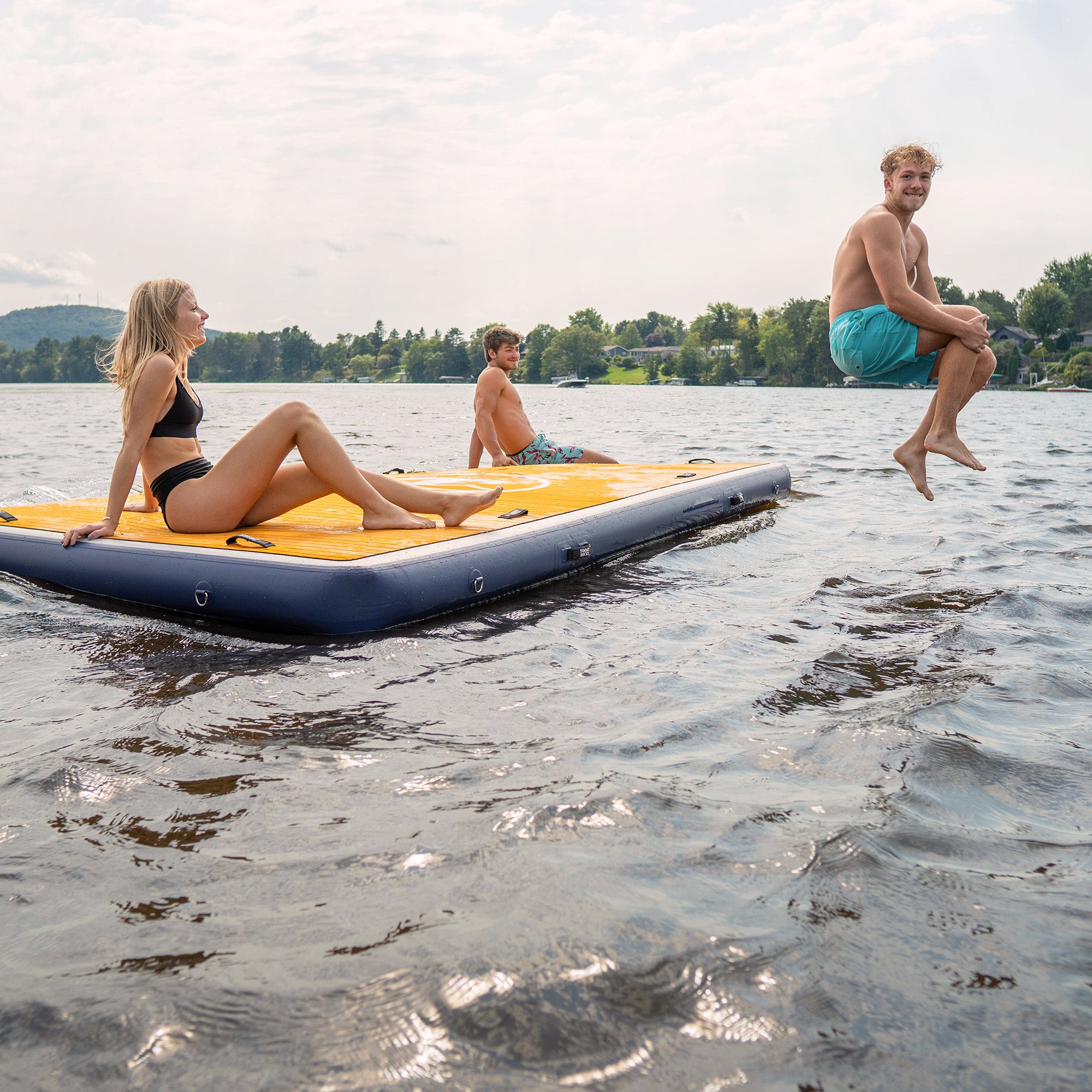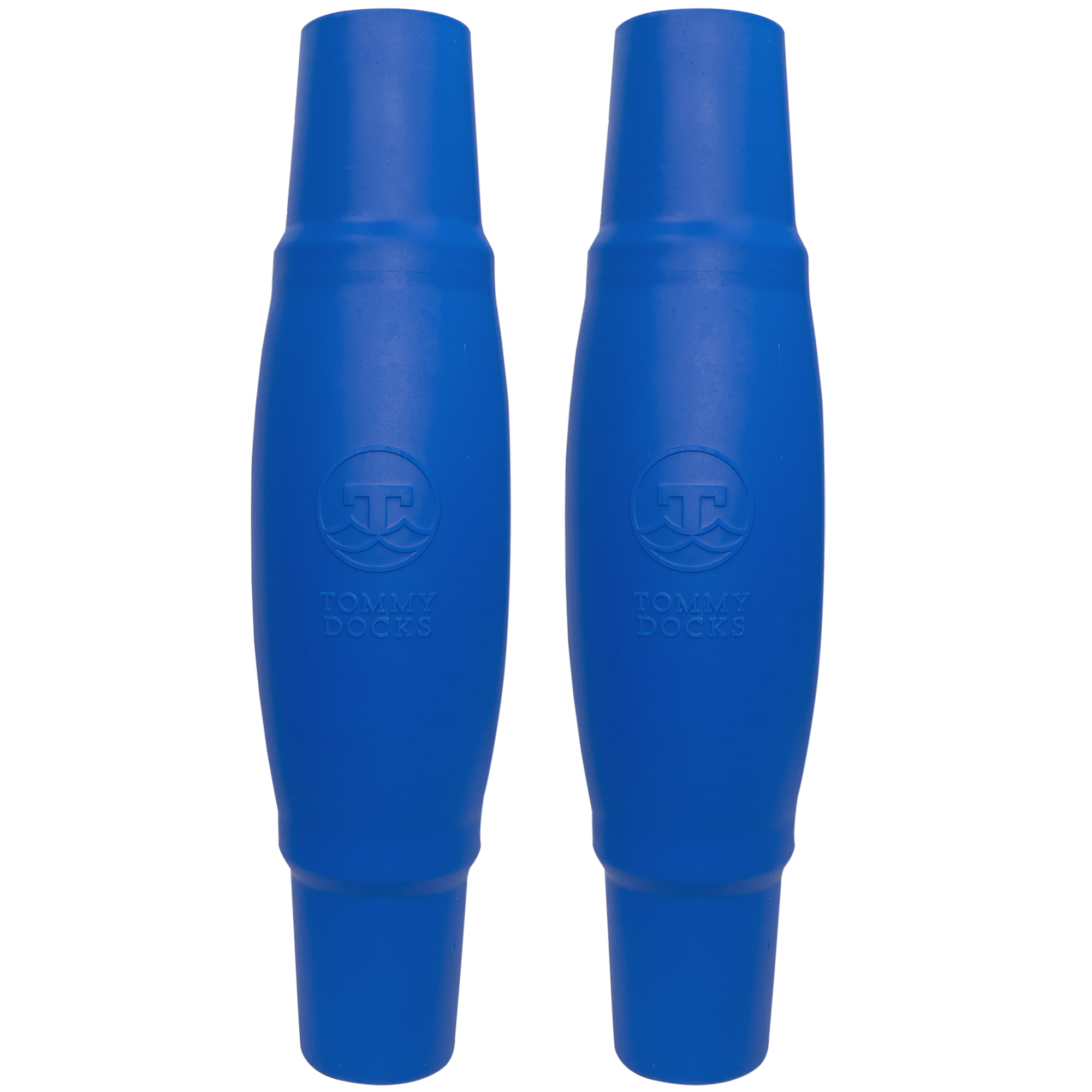Docks add convenience and charm to any waterfront property. They not only make it easier to access your boat, but they give you that deep-water fishing advantage without ever having to set foot in a boat. Additionally, nothing is more reminiscent of childhood than running and jumping off the end of a dock on a hot summer night.
Unfortunately, docks require a lot of maintenance. You’ve undoubtedly seen how a traditional wooden pier eventually rots away after years of being underwater.
A better, longer-lasting option would be to install a floating dock from the start. Floating docks keep your dock deck out of the water, resist damage from waves and wind, and are easier and safer to repair.
If you’re planning on building a floating dock, you’re probably wondering how to choose the right boat dock floats. With so many options on the market, you can quickly become overwhelmed and over budget.
So how can you choose the right boat dock floats? Here’s what you need to keep in mind.
Choosing the Right Boat Dock Floats
Whether replacing an existing dock that’s breaking down and dangerous or building a floating dock for the first time, you’ll need dock floats in which you can be confident. Here are some of the most important factors you’ll need to consider when shopping for the right dock floats.
Dock Float Design
There are two main types of dock floats; air-filled and foam filled. The dock floats you’ll find at Tommy Docks are filled with expanded polystyrene foam, giving you added stability and security.
If you’re starting your dock from scratch, foam-filled dock floats are easy to assemble on land and move to the water later. They’ll also be more sturdy and long-lasting than air-filled dock floats. So you’ll want the majority of your dock to be made with foam-filled floats.
However, if you only need to replace part of your dock, extend it, or add a little more stability, air-filled dock floats will do the trick!
Another design feature you should look for is one-piece construction. The more seams in your dock float, the more likely a leak will form and deteriorate your float.
Look for a dock float with few or no seams, such as those that are rotationally molded.
Durable Dock Float Materials
You want your dock to withstand years of wear and tear from wind, water, and sun, not to mention the damage caused by ice, animals, and your watercraft. Therefore, you’ll want to build your dock with the best materials.
Dock floats made from polyethylene resin have UV ray inhibitors that protect against the damaging ultraviolet rays from the sun.
Additionally, your dock floats will be protected from the extreme temperature changes in the water, thus resisting cracks.
Even the byproducts from your boat fuel can eat up the plastic on dock floats if you opt for materials that aren’t resistant to that level of deterioration.
Some more “affordable” options on the market are made of materials that wear down quickly over time, leaking in water and even breaking down and leaching chemicals into the ecosystem.
Environmentally Friendly Dock Floats
While we’re on the subject of your water’s ecosystem, ensure that the materials used to manufacture your dock float are food-grade plastics. This will ensure that no harmful chemicals are released into the waterway.
When you opt for dock floats made from recyclable material, you can have the peace of mind that you’re reducing your carbon footprint. Plus, when your dock floats are ready to be replaced, you can recycle them to help avoid filling landfills.
In general, the sturdier and longer-lasting materials you use to build your dock, the less of a negative impact it will have on the environment.
Minimal Dock Float Maintenance
Floating docks are a great option because they require much less maintenance than other dock styles. That said, you’ll want to ensure that you invest in dock floats with a good warranty, so they’ll require little maintenance once installed.
We recommend periodically cleaning your dock and dock floats with a brush, environmentally-friendly detergent, and water. If you’ve got a power washer, that’s even better!
Regular yet minimal maintenance of your dock floats will prevent them from getting worn down by dirt and scum over time. It will also keep harmful algae away from your watercraft, family, and pets.
Ease of Use
All dock floats are designed differently; some are easier to use than others. Look for dock floats designed to interlock together and have a built-in bolt and mounting holes.
This will make assembly fast and easy. One convenient thing to note about floating docks is that you can assemble the dock floats on land before sliding them into the water. It’s safer, more precise, and a whole lot easier.
Choosing the Right Boat Dock Float
Floating docks are a great addition to any waterfront property. Whether you need to repair sections of your floating dock, extend your floating dock, or want to build a floating dock from scratch, you’ll need the right boat dock floats to get you started.
There is a lot that goes into dock floats, from their design and material, environmental impact, and overall ease of use.
Of course, no one boat dock float is right for everyone, so use this guide to help you find the perfect fit for your waterfront property.
While we don’t offer floating dock systems at this time, we do have a wide selection of boat dock floats at Tommy Docks to get started!

